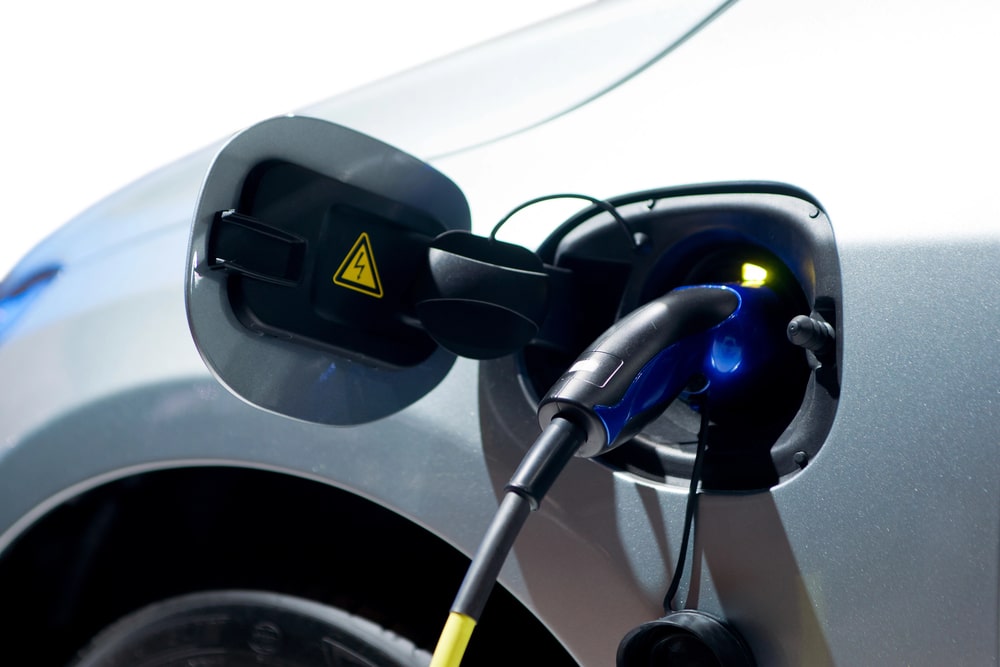
Article At A Glance
- Proactively managing these resources minimizes waste, conserves raw materials, and reduces the environmental impact of EV production.
- An EV battery’s lifecycle encompasses several key stages: manufacturing, usage, repurposing, and recycling.
- Effective lifecycle management extends battery life by repurposing and recycling.
- Advances in materials science and manufacturing processes are reshaping the battery production of lithium-ion batteries.
Introduction to Battery Lifecycle Management for Electric Vehicles (EVs)
Battery lifecycle management involves overseeing the entire lifespan of electric vehicle batteries, from their production to their eventual recycling or repurposing. For OEMs, this practice is about extending battery performance and ensuring environmental responsibility. As EV adoption grows, managing battery resources effectively has become an industry priority.
Batteries are the most resource-intensive component of EVs, relying on finite raw materials such as lithium, cobalt, and nickel. Proactively managing these resources minimizes waste, conserves active materials, and reduces the environmental impact of EV production. This is especially crucial as global initiatives target carbon neutrality and sustainable energy transitions.
Understanding the Battery Lifecycle: From Manufacturing to Disposal
The lifecycle of an electric vehicle battery is more complex than it appears, encompassing several key stages:
- Manufacturing: Battery production involves the extraction and refinement of raw materials, followed by energy-intensive assembly processes. Innovations in battery chemistries, such as solid-state batteries, promise to enhance thermal stability and reduce the environmental impact.
- Usage: During their operational lifespan, lithium-ion batteries go through numerous discharge cycles, maintaining their energy density and powering vehicles for eight to ten years.
- Repurposing: After their capacity declines for automotive use, Li-ion batteries can still serve second-life purposes, such as energy storage for renewable systems.
- Recycling: When no longer usable, batteries are disassembled, active material is recovered, and reliance on mined raw materials is reduced. Improving the recycling rate of lithium-ion batteries is critical for ensuring a sustainable battery value chain.
Trends in Battery Manufacturing for EVs
Advances in materials science and battery chemistries are reshaping the future of battery production. OEMs and researchers are focusing on innovations like solid-state batteries and cleaner production methods, which improve thermal stability and battery performance. By leveraging artificial intelligence, manufacturers can optimize assembly processes, monitor current rates, and reduce waste during production.
Incorporating recycled components into rechargeable batteries further closes the loop in the battery value chain, enhancing sustainability and reducing the environmental impact of manufacturing. This trend aligns with global efforts to adopt sustainable life management practices for electric vehicle batteries.
Battery Repurposing: Extending Use Beyond EVs
One of the most promising trends in lifecycle management is second-life applications for Li-ion batteries. Even after years of use, these life batteries retain significant storage potential, making them valuable for:
- Grid storage: Supporting renewable energy systems by storing excess solar or wind power.
- Energy backup systems: Reliable solutions for residential or commercial use during outages.
By repurposing rechargeable batteries, OEMs not only extend battery life but also reduce their environmental impact, fostering innovation within the battery value chain.
Battery Recycling Innovations: Moving Toward a Closed-Loop System
Recycling is crucial for recovering critical raw materials such as lithium, cobalt, and nickel. Emerging technologies like hydrometallurgical methods are increasing recovery efficiency while minimizing environmental harm. Improving the recycling rate is essential to reducing reliance on mining.
Moreover, partnerships between OEMs and recyclers are advancing systems to recover active materials while ensuring the thermal stability of recycled batteries. By investing in AI-driven sorting systems, the industry can identify and process components more efficiently, improving scalability within the battery value chain.
Environmental Benefits of Effective Battery Lifecycle Management
Effective management of electric vehicle batteries delivers multiple benefits:
- Waste reduction: Recycling reduces the number of discarded electronic components that could harm ecosystems.
- Raw material conservation: Recovering metals like lithium prevents unnecessary mining operations.
- Support for a circular economy: Keeping materials in use for as long as possible reduces the environmental impact of battery production.
These practices emphasize the role of electric vehicle batteries in combating climate change and improving public perception of EV sustainability efforts.
Challenges in Battery Lifecycle Management for OEMs
Despite advancements, OEMs face challenges like:
- Limited recycling facilities: Improving the recycling rate requires better infrastructure.
- Costly logistics: Transporting used electronic components to recycling plants remains expensive.
- Thermal runaway concerns: Managing safety risks during storage or transport is vital.
Collaboration with policymakers and recyclers will be key to overcoming these obstacles and improving efficiency across the battery value chain.
Future Outlook: The Role of OEMs in Shaping Sustainable Battery Solutions
Looking ahead, OEMs will drive innovation through trends such as:
- Artificial intelligence: Predicting optimal times for repurposing or recycling based on battery performance data.
- Advancements in solid-state batteries: Offering longer lifespans and improved safety.
- Collaborative ecosystems: Uniting automakers, recyclers, and energy providers to share responsibility for sustainability.
By leveraging these opportunities, OEMs can ensure the long-term viability of EV technology while advancing the global transition toward cleaner transportation.
Partner with Dynamic Manufacturing for Sustainable Battery Solutions
At Dynamic Manufacturing, we lead the way in battery life management with specialized services in remanufacturing, certification, and performance enhancement. While recycling isn’t performed in-house, we seamlessly integrate it into our offerings to provide a complete solution for your sustainability needs. Contact us today at (708) 343-8753 to discover how our expertise can power your green initiatives.



